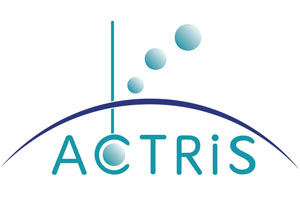The Multi-angle Imaging SpectroRadiometer (MISR) is an instrument on board the NASA’s Earth Observing System Terra satellite since 1999. MISR was designed for observations of climate relevant parameters and of episodes of atmospheric pollution and started operating in February 2000. TERRA satellite makes a complete turn of the Earth in 16 days. Terra’s orbit around the Earth passes from north to south and crosses the equator in the morning. Multi-angle imaging enables the analysis of cloud, smoke plume and also the height of aerosols, using stereo-scopic methods. The MISR instrument includes nine cameras operating in the four channels of electromagnetic spectrum. The cameras observe the Earth’s atmosphere from different angles and images are taken from the forward-looking (f), the aft-looking (a), as well as from nadir. The position of the cameras between -70o and +70o are Df: 70.5o, Cf: 60.0o, Bf: 45.6 o, Af: 26.1o, An: 0.0o, Aa: 26.1o, Ba: 45.6o, Ca: 60.0o, Da: 70.5o. The swap of nine’s cameras is estimated at 380 km.



